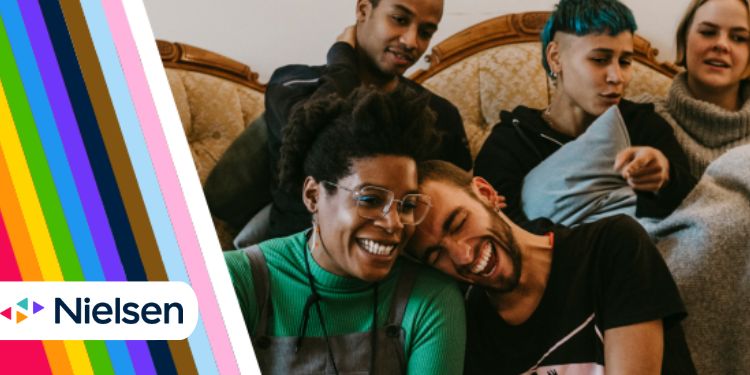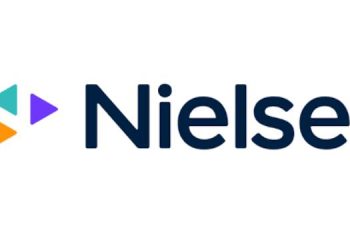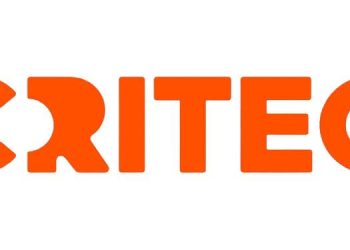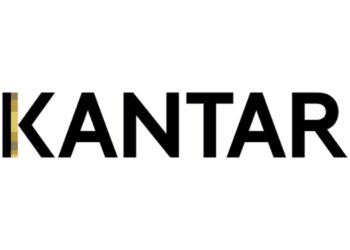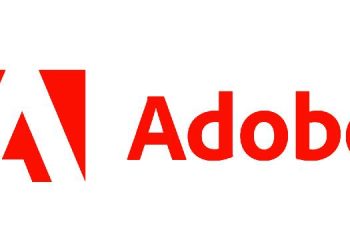Nielsen released its 2022 LGBTQ+ Diverse Intelligence Series report – Seeking Authenticity: A View of International LGBTQ+ Media Perceptions – which revealed that LGBTQ+ respondents find streaming content to be the most inclusive of their identity group relative to other media platforms. On average, 69% of global LGBTQ+ audiences say they believe efforts are being made to improve inclusivity in media, but 27% believe the level of inclusion has not changed and a small percentage believe inclusion has declined in recent years.
The report, based on a survey of nearly 5,500 people in the U.S., Canada, Mexico, Italy, Germany, France, Brazil, Spain and the United Kingdom in 2021 and the first quarter of 2022 and powered by Dynata, found that on average, LGBTQ+ people are 10% more likely to find streaming services as the most inclusive media platform and 5% more likely to favor social media as more inclusive, compared to non-LGBTQ+ identifying respondents. According to the report, the LGBTQ+ community is looking to the media industry and the brands that support it to provide more accurate portrayals of LGBTQ+ people. Avoiding stereotypes and providing more authentic/realistic depictions of LGBTQ+ individuals in content and advertising are the best ways to improve inclusivity.
The report includes additional data about the importance of creating more content and advertising inclusive of LGBTQ+ people.
While LGBTQ+ inclusion in media has increased significantly in the past 20 years, much more needs to be done. According to Gracenote Global Video Data, there were more than 817,000 unique video titles across traditional TV and streaming services as of February 2022, but just over 1,000 within the LGBTQ+ -related genre. The number of new titles premiering within the LGBTQ+ genre actually declined from 50 titles in 2020 to 36 titles in 2021.
Brands should embrace inclusion and diversity campaigns focusing on the LGBTQ+ community. More than one-third of LGBTQ+ respondents globally are comfortable with LGBTQ+ specific campaigns. Within the nine countries surveyed, more than half of LGBTQ+ respondents in the U.S. and Mexico indicated that they are open to brand messaging directed at their community.
LGBTQ+ people’s perceptions of how inclusion in media and advertising has evolved differ by sexual orientation and country. While overall inclusion is improving, that inclusion focuses mostly on gay and lesbian identities, leaving many vastly underrepresented. For example, 80% of transgender men and 69% of bisexuals/pansexuals believe advertising to be very non-inclusive. About 6% of LGBTQ+ respondents in Canada and 5% in Brazil perceive reduced inclusion in media over the past two years.

“Around the world, the LGBTQ+ community continues to face significant challenges, but the global media industry can play a role in facilitating positive change and providing more accurate portrayals of LGBTQ+ people,” said Sandra Sims-Williams, Nielsen’s Chief Diversity Officer. “Our survey shows that the members of the LGBTQ+ community are ready to share their needs and lived experiences, so advertisers and media publishers can start a conversation, and build content that is true to the community.”
“As content becomes increasingly borderless, global inclusion and accurate portrayals of the LGBTQ+ community are critical and can have lasting impact,” said GLAAD President & CEO Sarah Kate Ellis. “Nielsen’s groundbreaking report not only provides insight into how the media industry can best engage with LGBTQ+ audiences in nine countries, but also a clear incentive to create more nuanced global narratives and to grow the diversity of LGBTQ+ talent both on-screen and behind-the-scenes.”

